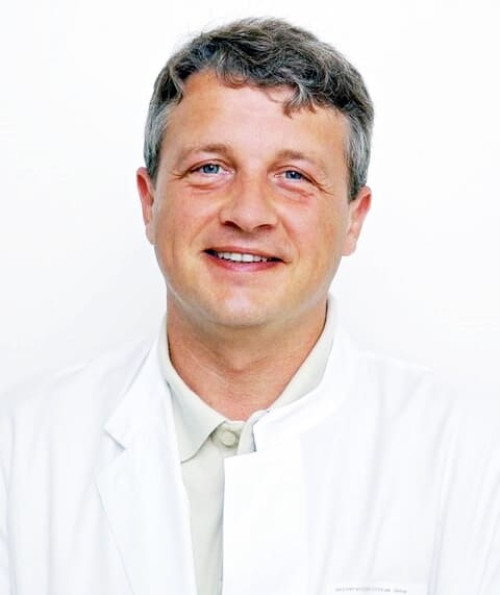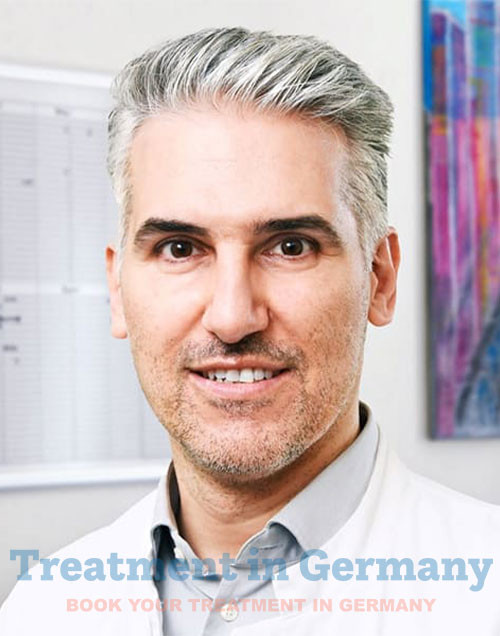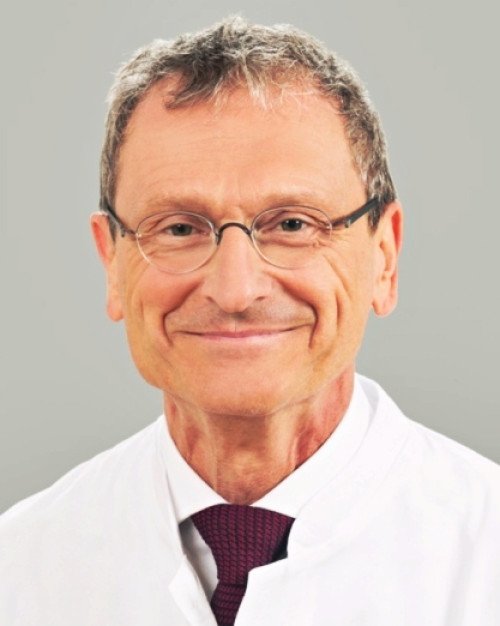Introduction
Welcome to the Department of Vascular Surgery, where we focus on diagnosing, treating, and managing vascular disorders. This sophisticated network of arteries, veins, and lymphatic systems is essential for ensuring proper blood flow and general health. Our department is committed to delivering advanced, patient-centered treatment, employing advanced technology and procedures to achieve the best possible results for our patients.
What does a vascular surgeon do?
Vascular surgeons are highly trained professionals who treat a broad variety of blood vessel disorders. They diagnose illnesses and provide treatment strategies. They provide a wide range of medical therapies, including lifestyle changes, medications, exercise programs, nutrition plans, minimally invasive procedures, and major open operations.
Understanding Vascular Disorders
Vascular diseases are a diverse set of illnesses that may affect any area of the circulatory system. These disorders may be fatal if not properly treated, since they often result in complications such as heart attacks, strokes, and severe limb pain or loss. Early identification and Treatment in germany are critical for successfully treating many disorders.
Common Vascular Disorders
Peripheral Artery Disease (PAD): A frequent cardiovascular condition where blood flow to the limbs is reduced due to constricted arteries, generally affecting the legs, resulting in discomfort and trouble walking.
Aneurysms: Abnormal enlargements in blood artery walls, which may happen in the legs, brain, aorta, and other body areas. If an aneurysm ruptures, it may result in life-threatening internal bleeding.
Carpal Artery Illness: A disorder that greatly raises the risk of stroke by causing the carotid arteries in the neck to constrict or get clogged.
DVT, or deep vein thrombosis: A blood clot forming in a deep vein, generally in the legs. A pulmonary embolism, a medical emergency, may result from a clot that breaks free and travels to the lungs.
Varicose veins: Swollen, twisted veins that are often seen in the legs and are visible just under the skin's surface. They may hurt and result in more significant issues, even though they are often seen as cosmetic issues.
Chronic Deficit of Venous Blood: A disorder that causes swelling, discomfort, and skin changes because the veins in the legs are unable to return blood to the heart efficiently.
Methods of Diagnosis
A precise diagnosis is the basis of a successful vascular therapy plan. Our section monitors and evaluates vascular health using a range of cutting-edge diagnostic methods and instruments.
Ultrasound: Non-invasive imaging that visualizes blood flow and identifies anomalies or blockages in the vessels using sound waves.
Angiography: A kind of imaging exam that often requires the injection of a contrast dye and employs X-rays to capture images of the blood flow in veins or arteries.
CT and MRI scans: Advanced imaging techniques which produce detailed cross-sectional images of the blood vessels, are used to detect aneurysms, obstructions, and other complications.
Ankle-Brachial Index (ABI): A quick test to screen for peripheral arterial disease (PAD) that measures ankle and arm blood pressure.
Treatment Approaches
To successfully manage vascular disorders, we use a patient-centered strategy that includes both surgical and nonsurgical approaches.
Surgical treatments
Endo vascular surgery: A minimally invasive surgery that involves tiny incisions, catheters, and imaging methods. Common endovascular treatments include angioplasty (widening constricted arteries) and stent implantation.
Open Surgery: Traditional surgical approaches that may be required for more complicated cases. This includes techniques like bypass surgery (which creates a new path for blood flow around a blocked artery) and aneurysm repair.
Carotid endarterectomy: A surgical operation that removes plaque accumulation from the carotid arteries, lowering the risk of stroke.
Vein Stripping and Ligation: Procedures for removing or tying off varicose veins, which improve blood flow and relieve symptoms.
Nonsurgical Treatments
Medications: Prescribed medications help in the management of symptoms and underlying health issues. This may include blood thinners to avoid clotting, cholesterol-lowering meds, and blood pressure medications.
Compression therapy: It involves wearing compression stockings or wraps to enhance blood flow and decrease oedema in the legs.
Lifestyle Modifications: Encouraging patients to adopt better behaviors such as regular exercise, a balanced diet, smoking cessation, and weight control to enhance vascular health.
Sclerotherapy: A minimally invasive process in which a solution is injected into varicose veins to seal them off and redirect blood flow into healthy veins.
👉 Contact us for further information and receive a complimentary consultation.
The Department of Vascular Surgery treats a wide range of vascular conditions, including but not limited to peripheral artery disease (PAD), aneurysms, carotid artery disease, deep vein thrombosis (DVT), varicose veins, and chronic venous insufficiency. We also manage conditions such as vascular malformations and blockages in major arteries and veins, providing comprehensive care for both common and complex vascular issues.
Common symptoms that may indicate a vascular issue include leg pain or cramping while walking (intermittent claudication), persistent leg or arm swelling, non-healing wounds on the legs or feet, visible varicose veins, sudden loss of sensation or function in an extremity, and transient ischemic attacks (TIAs) or mini-strokes. If you experience any of these symptoms, it's important to consult a healthcare professional for an accurate diagnosis and appropriate treatment plan.
Endovascular surgery is a minimally invasive procedure that involves using catheters and small incisions to treat vascular conditions. It often includes techniques such as angioplasty and stent placement, which are guided by imaging technology. Open vascular surgery, on the other hand, involves more traditional surgical methods with larger incisions to access and repair blood vessels directly. The choice between these methods depends on the specific condition, its severity, and the patient's overall health.
To prepare for a vascular surgery consultation, gather your medical history, including any previous surgeries, current medications, and any symptoms you have been experiencing. It's also helpful to have a list of questions or concerns you want to discuss with your surgeon. During the consultation, your surgeon will perform a physical examination, review your medical history, and order diagnostic tests such as ultrasounds, CT scans, or MRIs to get a detailed understanding of your vascular health.
Several lifestyle changes can significantly improve vascular health. These include adopting a balanced diet rich in fruits, vegetables, whole grains, and lean proteins, and reducing intake of saturated fats, salt, and sugar. Regular exercise, such as walking, swimming, or cycling, can improve circulation and overall cardiovascular health. Quitting smoking, managing stress, and maintaining a healthy weight are also crucial. Additionally, following any prescribed medications and attending regular follow-up appointments with your healthcare provider is essential for managing vascular conditions effectively.
Experience the difference that expertise and compassion can make. Meet our exceptional team of experienced doctors, and trust us to provide you with the best in healthcare.

Vascular Surgery
Director of Vascular Surgery and Professor of Vascular Surgery
Berlin

Vascular Surgery
Clinic Director Department of Visceral, Vascular, and Pediatric Surgery
Homburg Saarland

Vascular Surgery
Chief Physician of Department Vascular Surgery Phlebology, Endovascular Specialist
Muenster / Münster

Vascular Surgery
Clinic Director of Department Vascular Surgery
Munich / München


Vascular Surgery
Medical Director Department Vascular Surgery
Heidelberg

Vascular Surgery
Clinic Director Department Vascular Surgery, Transplantation Medicine, Endovascular Surgery
Düsseldorf

Vascular Surgery
Chief Physician Department Vascular Surgery
Wuppertal



Vascular Surgery
Chief Physician Department Vascular Surgery
Eschweiler


Vascular Surgery
Chief Physician Department Vascular Surgery
Munich / München

Vascular Surgery
Chief Physician Department Vascular Surgery
Frankfurt am Main

Vascular Surgery
Chief Physician Department Vascular Surgery
Munich / München


.webp)
.webp)
 (1).webp)
 (1).webp)

.webp)
.webp)
 (1).webp)
 (1).webp)
